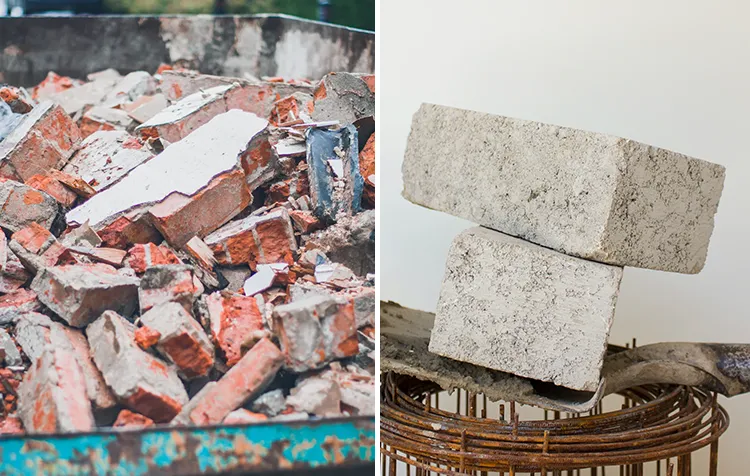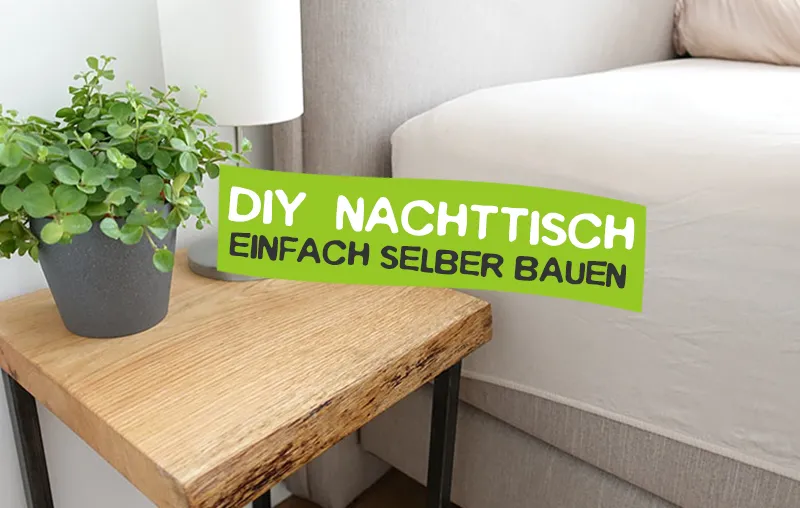Do you want to recycle construction waste and handle it in the most environmentally friendly way possible? Then you've come to the right place! Over time, buildings get older and the personal requirements of their occupants naturally change. Whether it's a house, shed or carport, whether it's a new building, conversion, renovation or demolition - construction waste is basically unavoidable.
Nevertheless, we consumers have countless options for dealing with bricks, wood scraps, roof tiles and other construction waste in the most sustainable way possible. For example, many materials can be reused in public road and path construction or for the construction of noise barriers.
With this article I would like to make it easier for you to recycle construction waste. You will learn how to properly separate and dispose of construction waste, but also how to recycle and reuse it at home. Let's go!
In advance you can find here a short overview of the tips and ideas:
- Calculate material and quantities of construction waste
- Opt for later disposal variant
- Know the difference between construction waste and mixed construction waste
- Separate construction waste sensibly
- Use old roof tiles as protection for bee hotels
- Upcycle reclaimed ceiling beams into furnishings and decorations
- Reuse brick and quarry stone in garden design
- Use leftover concrete as a foundation for garden houses and sheds
- Building unique tables from old wooden planks
- Have unusable construction waste picked up and recycled
1. calculate the material and quantities of the building rubble
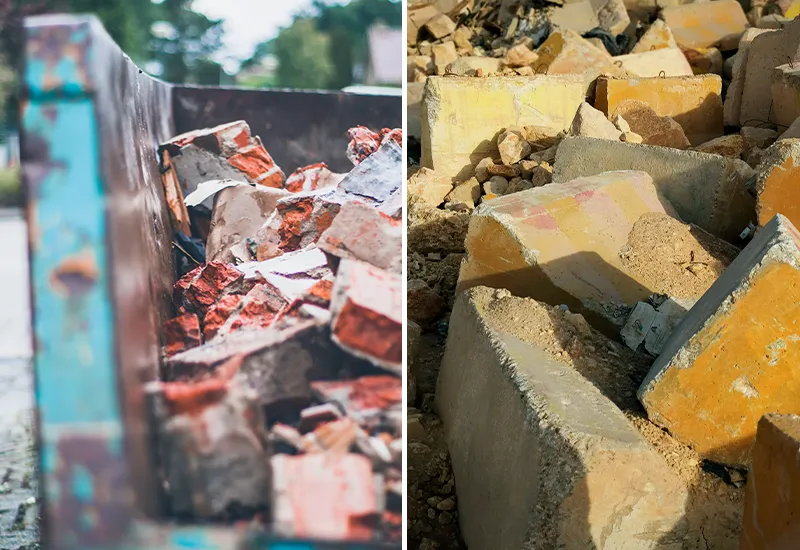
Who with own building projects Conserve resourcesIf you want to reduce construction waste, save costs and protect the environment, you should generally calculate as precisely as possible to avoid any possible Avoid excess of building material.
It is advisable of everything to know the approximate Quantity of unavoidable construction waste in cubic meters (m³). This works, for example, for a wall to be demolished, by using Multiply length, width and depth.
You should also get an overview of it, how many different construction waste are involved in your project.
2. decide for later disposal variant
Finally, it is important to calculate the quantity as accurately as possible in advance in order to be able to decide whether you should one or more containers need and whether you remove building rubble yourself or have it picked up.
How much and, above all, which construction waste is to be recycled or reused later plays an important role in the optimal Size and number of containers, trailers or other receptacles.
Smaller quantities, for example, can usually be take it to the local recycling center yourself with a trailer.
If you have a large amount of mixed construction waste and debris, you can get here simply one each Skip container with the necessary volume at the desired placement date, which will be both delivered and picked up by the local waste management company.
3. know the difference between construction waste and mixed construction waste.
If you want to reuse or properly dispose of old building materials, it's important to know what items are considered to be Construction waste apply and which ones to Mixed construction waste count
Here is a small overview:
- Construction debris: Construction waste is mineral waste from construction work, such as bricks, mortar, plaster, screed, concrete, tiles or ceramics. Construction waste is a building material and can be recycled to a large extent.
- Mixed construction waste: Mixed construction waste is understood to be non-mineral building material waste, such as primarily plastics, wood or metals. This can be, for example, tarpaulins, drain pipes, demolition wood, glass panes, gypsum wallboard, wallpaper residues or foils.
With this knowledge, construction waste can then be directly separated from one another more easily and in a more targeted manner in order to Minimize both the effort and the cost of disposal.
4. separate construction waste sensibly
So you know what construction waste your project will generate. Check with your local waste management company about whether there are special requirements for the disposal of the respective material. Ideally, you will then have a container or bin ready for all materials to be separated.
Basically: the more you separate yourself, the cheaper the disposal issince the sorting effort in the recycling process is lower. Accordingly, it is advisable to sort the materials directly at the place of origin to be separated before they are mixed together.
Important: Also try to ensure that the construction waste is free from contamination. Wooden boards, for example, should no longer contain nails and screws.
5. use old roof tiles as protection for bee hotels
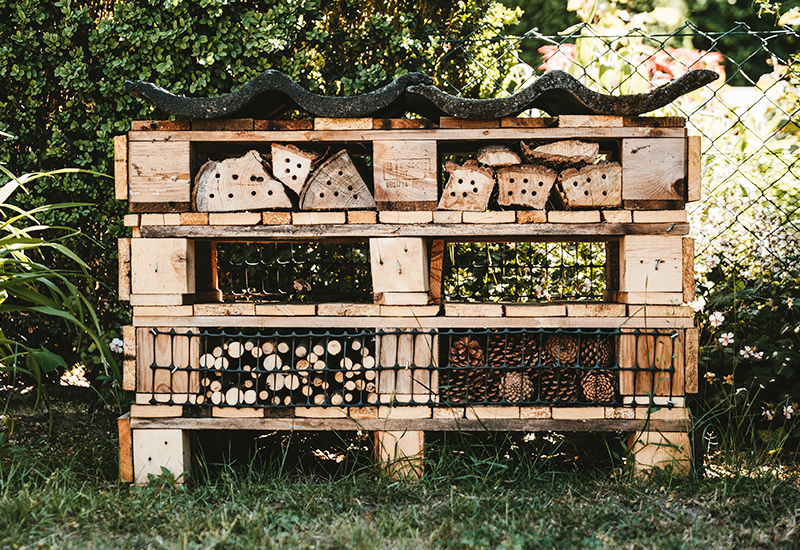
Do not throw anything away carelesslyAlways try to find a new use for the construction waste before you dispose of it!
If you want to recycle or upcycle construction waste, you can "kick it up a notch" in terms of sustainability by using Euro pallets, roof tiles and other, remaining building material an individual Insect hotel and build the Promote species conservation.
The roof tiles thus get a second chance in her old role and protect bees and other insects, as well as their new home, from the rain.
6. upcycle reclaimed ceiling beams into furnishings and deco.
Many wooden parts from buildings are burned after demolition. If you want to not only recycle but reuse building materials, you can do that especially with solid ceiling beams! For example, turn them into a rustic Bench, in a Pendant light with industrial charm above the dining table or beautiful Storage compartments in the bathroom.
Also unique Candle holders, wine bottle holders, seat stools, shelves, coffee tables, coat hooks. or Wall clocks can be made from it.
Tip: Many people are desperate to find old ceiling beams for their own DIY projects. So if you don't have any use for it, you can simply use the wood sell via classifieds or your personal network.
7. reuse brick and quarry stone in garden design.
Bricks, broken bricks, floor slabs and other construction waste are Materials that can be used and applied in a variety of ways. When they no longer serve their original function, the garden is the ideal place to use them in other roles.
For example, how about making quarry stones into a Garden wall, a Border or a Herb spiral process? The construction waste can even be used to build an excellent drainage system so that the water can seep away.
The floor panels can be used, for example, as individual Stepping stones of a sidewalk convert into a garden. You can even make interesting sculptures from many materials. As you can see, when it comes to recycling building materials, there are no limits to creativity and imagination.
8. use concrete remains as a foundation for garden houses and sheds.
Demolition concrete is really First class filling material and is very good to mix in the foundation of patio or garden house areas. However, it is important that the concrete pieces are not too large. If necessary, you can also break them into small pieces and then recycle them. This tip could save you some costs and definitely saves the natural resources of the planet.
9. build unique furniture from old wooden planks
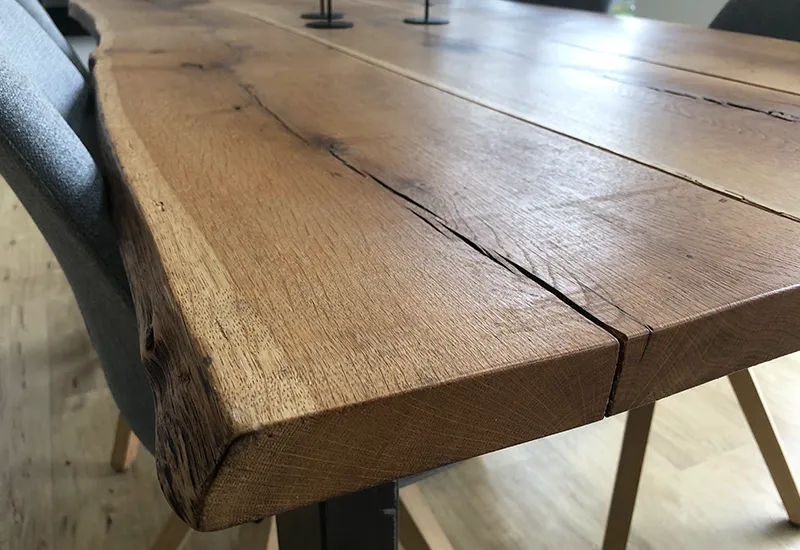
For example, the boards of a demolished garden shed, broken building planks or the oak flooring of a former pigsty can be wonderfully processed into tables and other pieces of furniture. Thus, the material is further used and does not have to be disposed of. You also get great unique furniture and saves a lot of money through sustainable behavior.
Here are some, matching instructions from the DIY Furniture Blogthat you should definitely take a look at:
- Build dining table yourself from old wooden planks
- DIY coffee table from oak planks
- Homemade industrial look bedside tables
10. have unusable construction waste picked up and recycled
Construction debris, mixed construction waste and other materials from your construction project are now if possible reused by you or just separated sensibly been. The waste can then be collected and recycled by the waste management company. If the amount of waste is limited, you can of course take it to the recycling center yourself.
The mineral building materials are particularly easy to recycle and are subsequently used, for example, as the subgrade for roads or to backfill railroad embankments.
Tip: I also gave you a separate blog article about sustainable decluttering authored. Take a look. Here, too, you have many options for conserving resources and reusing materials in a sensible way.
Recycle construction waste and reuse as sustainably as possible!
Now you know how to save both the planet's resources and your wallet by recycling construction waste and reusing materials.
Through your sustainable behavior Among other things, you help to save valuable raw materials and resources, such as Energy and waterwhich are unavoidable for the production of new building material. At the same time you still reduce your CO2 emission and of course your ecological footprint.
Do you have any questions, suggestions or other tips for recycling, using, separating or disposing of construction waste? Then feel free to write me a comment with your ideas.
Stay sustainable,

PS: If you are interested in the recycling of construction waste, you might also like the Recovery of raw materials through the reprocessing of existing goods of a city or urban environment fascinate. More about the so-called Urban Mining you can find out now in the linked blog article.

